Eczema, or atopic dermatitis, is more than just dry, itchy skin. For many, it’s a chronic condition that can be aggravated by various factors—one of the most common being clothing. The fabric we choose to wear can significantly impact our comfort and skin health. With so many options available, how do you know which fabrics are best for eczema? Let’s dive into the science behind fabric choices for eczema-prone skin and how making informed decisions can help you or your loved ones manage this condition effectively.
Why Fabric Choice Matters for Eczema
People with eczema have compromised skin barriers, which makes their skin more susceptible to irritation, dryness, and infection. Choosing the right fabric plays a crucial role in managing these symptoms by helping to keep the skin cool, dry, and free from irritants.
When your skin comes into contact with fabrics that trap heat or cause friction, it can lead to flare-ups or worsen existing inflammation. Therefore, selecting materials that are breathable, smooth, and moisture-wicking can make a significant difference in managing eczema symptoms effectively.
Introducing DreamSkin Technology: A Game-Changer in Eczema Relief
One innovative solution for eczema management is Dreamskin by Rejuvaskin. This line of eczema-friendly clothing uses DreamSkin Polymer Technology, specially designed to soothe, protect, and manage the symptoms associated with eczema flare-ups. What sets Dreamskin apart is its advanced approach to moisture control and skin protection.
- Manages Moisture: The Dreamskin Polymer holds and releases moisture in a balanced way, preventing the skin from drying out while also avoiding excessive dampness that could worsen eczema.
- Repels Irritants: This technology acts as a barrier, helping to keep allergens and irritants away from the skin’s surface, reducing the chance of triggering flare-ups.
- Reduces Itching: The polymer actively soothes irritated skin, reducing the urge to scratch—a common issue that can lead to further skin damage.
- Breathable Fabric: Made from Tencel cotton, Dreamskin garments are designed to let your skin breathe while regulating body temperature, allowing for a comfortable, irritation-free experience.
This thoughtful design allows eczema sufferers, particularly children, to sleep more comfortably through the night by addressing the root causes of discomfort. DreamSkin clothing is an excellent example of how science-driven innovations can improve the quality of life for those dealing with chronic skin conditions.
Best Fabrics for Eczema-Prone Skin
Here are some of the top fabrics recommended by dermatologists and backed by studies to soothe and protect eczema-prone skin:
1. Tencel Cotton
Tencel cotton, a blend of Tencel (lyocell) and cotton, is a top-tier fabric choice for eczema sufferers due to its soft, breathable, and moisture-regulating properties. Tencel fibers are derived from wood pulp and are known for their hypoallergenic characteristics, making them exceptionally gentle on the skin.
When combined with cotton, Tencel enhances the fabric’s ability to wick away moisture while maintaining a smooth, irritation-free surface. This blend also aligns with eco-friendly values, as Tencel production is sustainable and environmentally responsible.
2. Cotton
Cotton is often hailed as one of the best fabrics for sensitive skin. It’s soft, breathable, and hypoallergenic. Cotton allows air to flow freely, which prevents the skin from overheating and reduces sweating—one of the common triggers for eczema flare-ups.
According to the Mayo Clinic, cotton’s smooth texture reduces friction, helping to prevent skin irritation, making it a top choice for both everyday wear and bedding.
3. Bamboo
Bamboo fabric is gaining popularity for its natural properties that benefit skin health. It is inherently antibacterial, reducing the risk of infection for eczema sufferers whose compromised skin is more susceptible to bacteria. Additionally, bamboo has excellent moisture-wicking capabilities, keeping the skin dry and cool.
A study in the Journal of Textile Science demonstrated that bamboo fibers excel in moisture management and breathability, making them ideal for those with eczema and other sensitive skin conditions.
4. Silk
Silk’s smooth, luxurious feel makes it an excellent choice for those with eczema, particularly for nightwear and undergarments. Its low friction properties help minimize skin irritation, while its ability to maintain skin hydration is crucial in preventing excessive dryness and itching.
Clinical trials have shown that wearing silk clothing can significantly reduce eczema symptoms, thanks to its gentle texture and natural resistance to bacterial growth.
5. Specialty Fabrics with Advanced Technologies
Innovative solutions like the Dreamskin garments use specialized fabric technologies to manage eczema symptoms effectively. DreamSkin Polymer Technology, for example, not only repels irritants but also actively controls moisture levels, reducing inflammation and itching. This approach is backed by scientific principles that target the key triggers of eczema, offering a more tailored solution than standard fabrics.
Fabrics to Avoid with Eczema
While some fabrics can soothe and protect sensitive skin, others can do the exact opposite. Here are some materials you should steer clear of if you have eczema:
1. Wool
Despite being a natural fiber, wool’s rough texture can irritate sensitive skin, leading to redness and itching. Wool fibers create friction against the skin, which can be particularly uncomfortable for eczema sufferers, especially in areas like the elbows and knees.
2. Synthetic Fabrics (Polyester, Nylon)
Synthetic materials like polyester and nylon are often non-breathable and can trap heat against the skin, leading to increased sweating. This creates a moist environment that can exacerbate eczema symptoms and promote bacterial growth.
Tips for Washing Eczema-Friendly Clothing
Even if you choose the right fabrics, how you care for your clothes can impact your eczema. Here are a few tips to keep in mind:
- Use Mild, Fragrance-Free Detergents: Harsh detergents can leave residue on clothes, irritating the skin. Opt for hypoallergenic or fragrance-free detergents designed for sensitive skin.
- Avoid Fabric Softeners: Many fabric softeners contain chemicals that can irritate the skin. Try using dryer balls instead to naturally soften your clothes.
- Rinse Twice: Running an extra rinse cycle ensures that all detergent residue is removed, reducing the risk of skin irritation.
Conclusion: Choosing the Right Fabric Can Be a Game-Changer
Managing eczema is not just about using topical treatments; it’s also about making informed decisions about what you put next to your skin. Fabrics like cotton, bamboo, silk, Tencel cotton, and innovative options like DreamSkin Polymer Technology can help reduce flare-ups and provide significant relief from eczema symptoms. Avoiding rough, synthetic fabrics will further minimize skin irritation, promoting overall skin health.
Investing in eczema-friendly clothing options like DreamSkin by Rejûvaskin could be a transformative step in your skincare routine. By incorporating these fabric choices into your wardrobe, you’ll likely see a reduction in eczema symptoms—and your skin will thank you for it!
Sources:
- Mayo Clinic, "Atopic Dermatitis (Eczema) - Symptoms and Causes."
- Dermatology Times, "Specially Designed Fabric Helps Maintain Skin Homeostasis for Those With Atopic Dermatitis."
- Journal of Textile Science, "Moisture Management of Bamboo Fibers in Textile Applications."
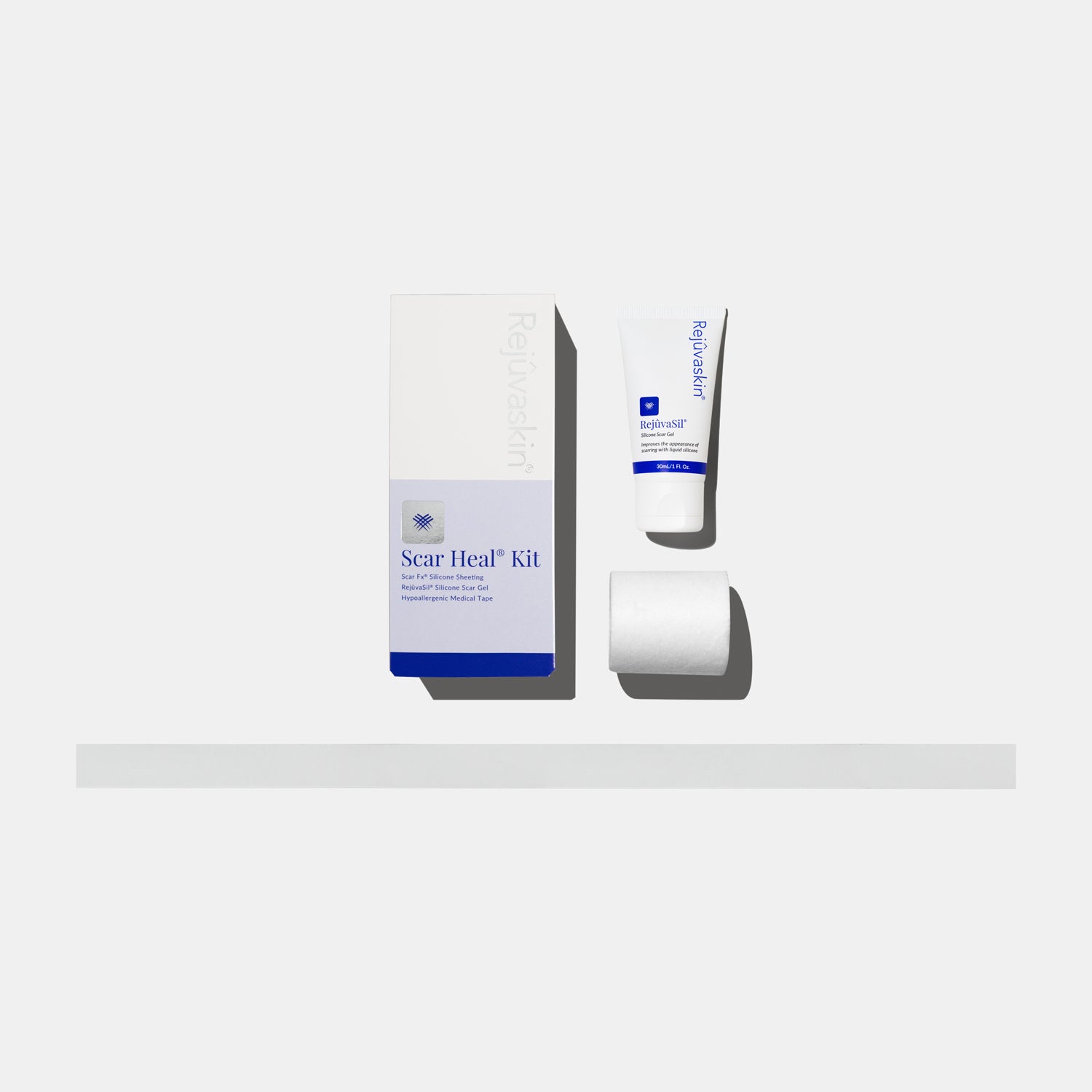


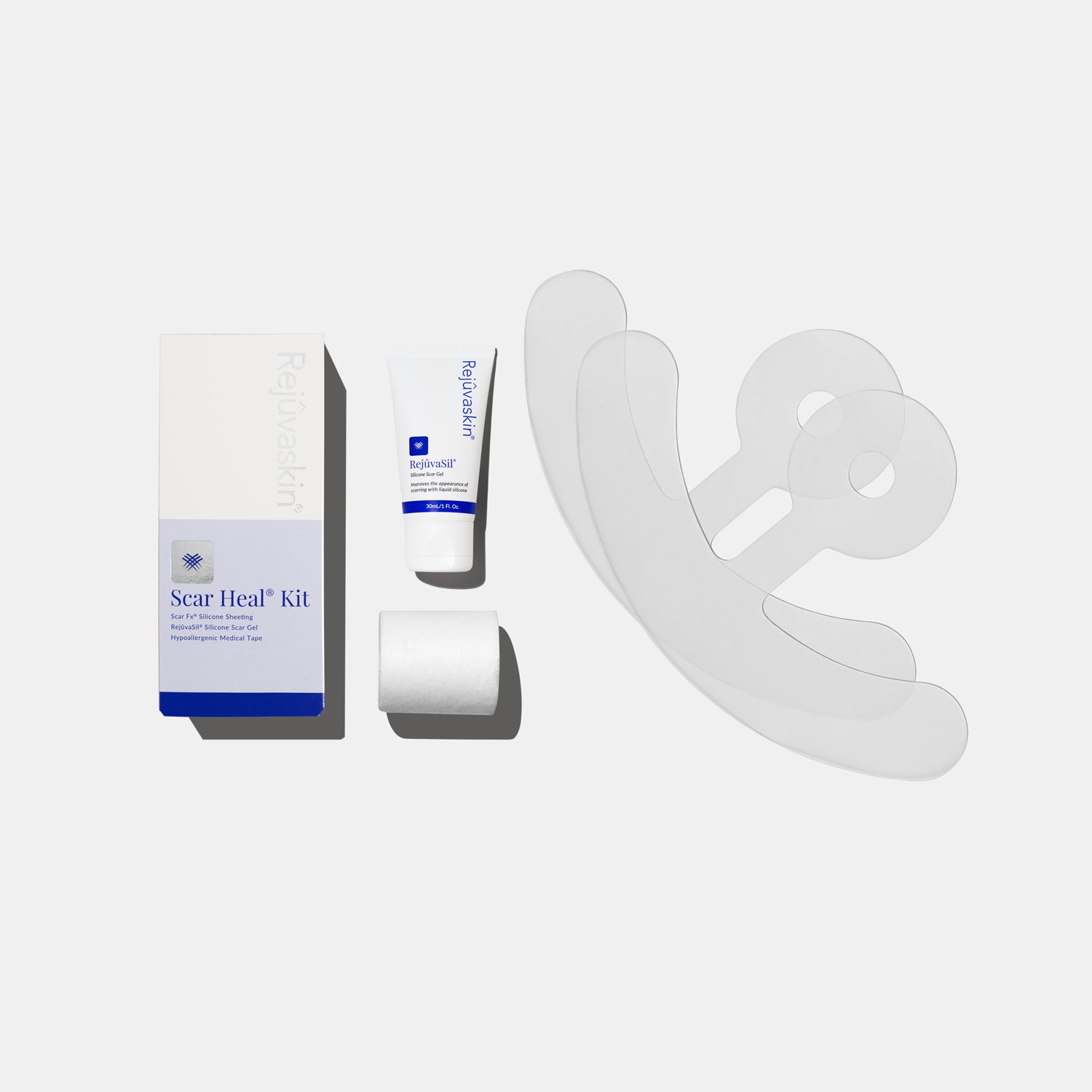
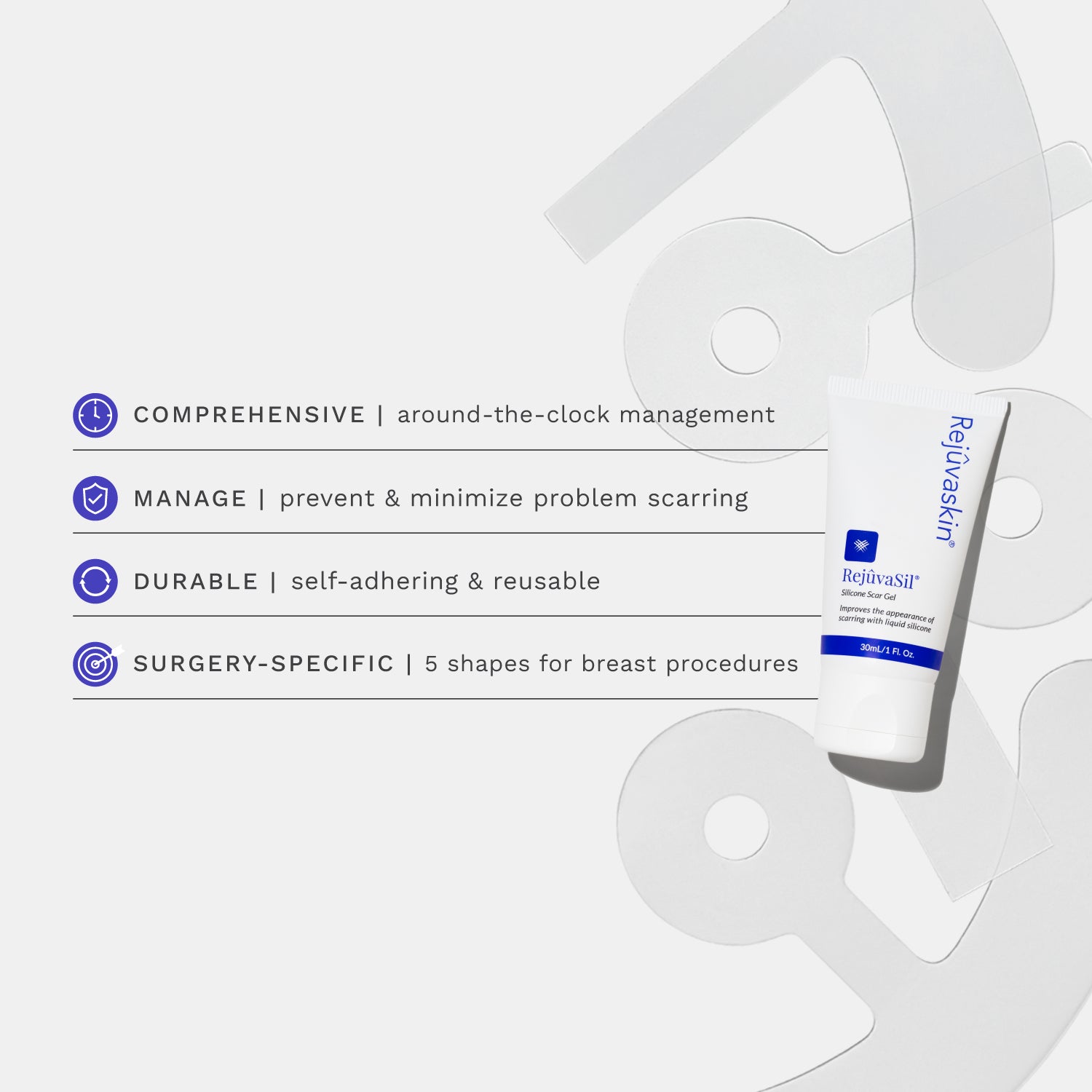
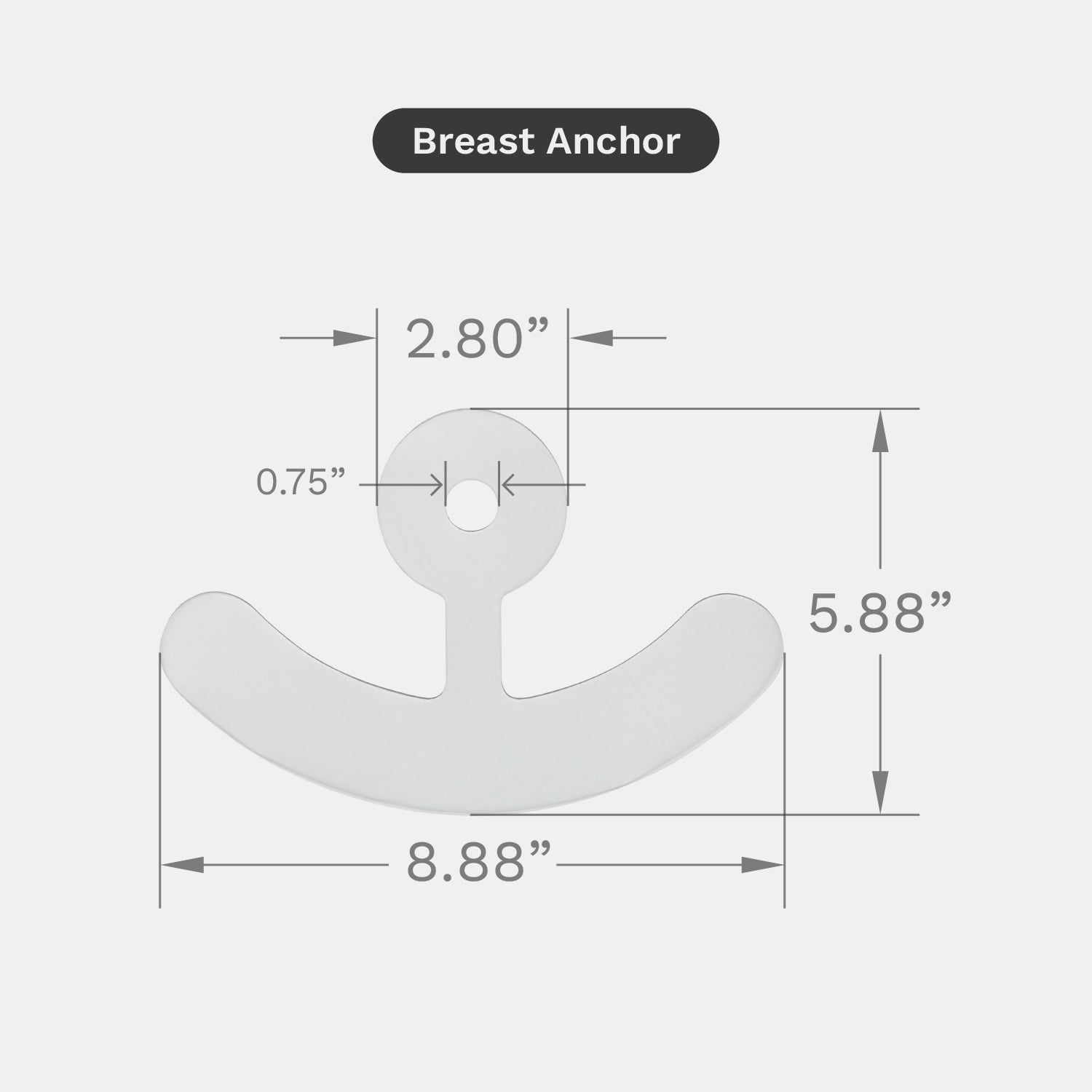
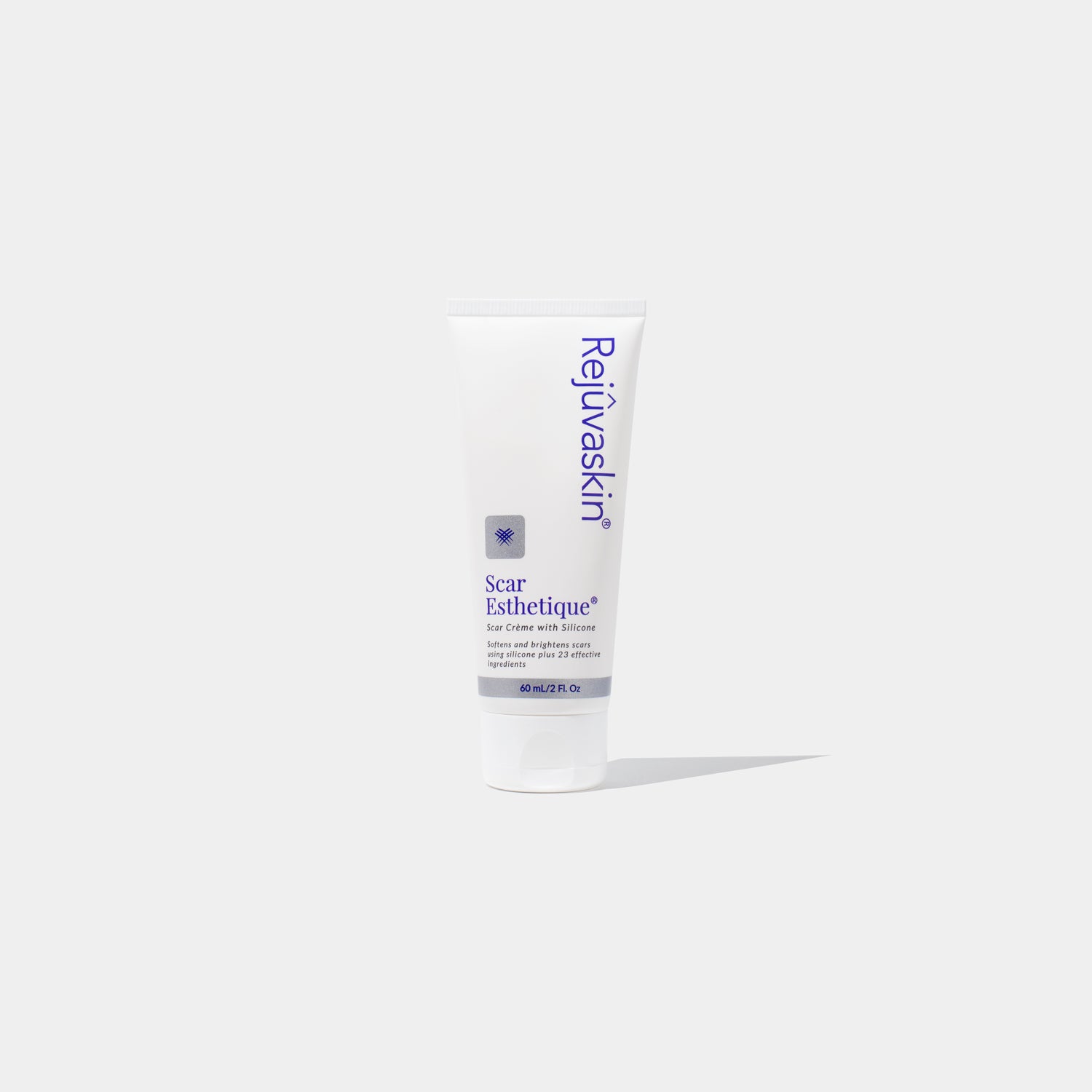
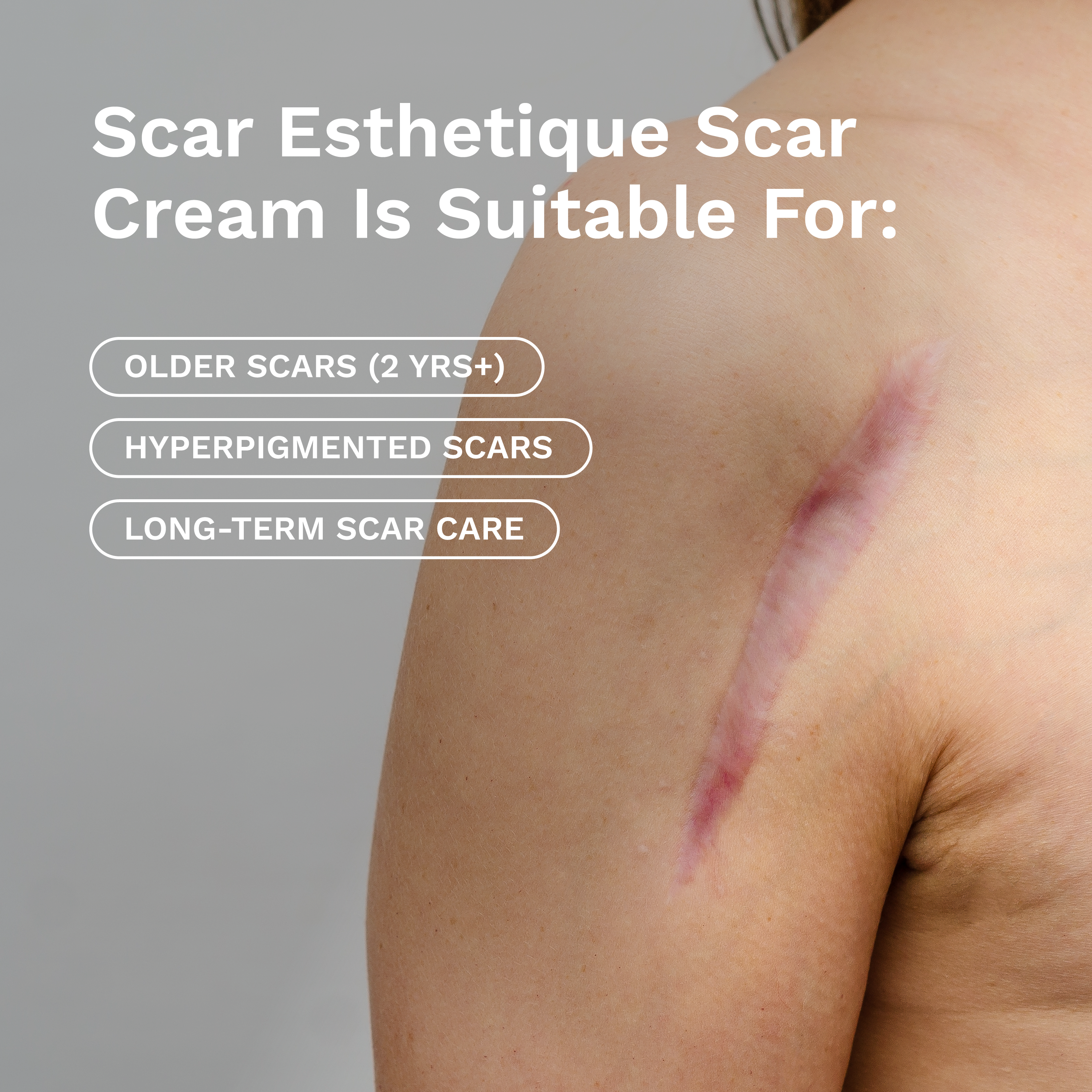








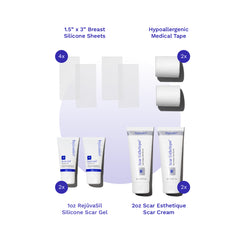
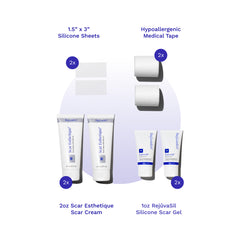

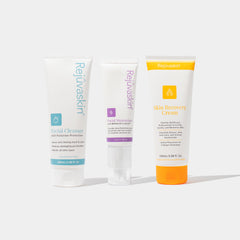

Leave a comment